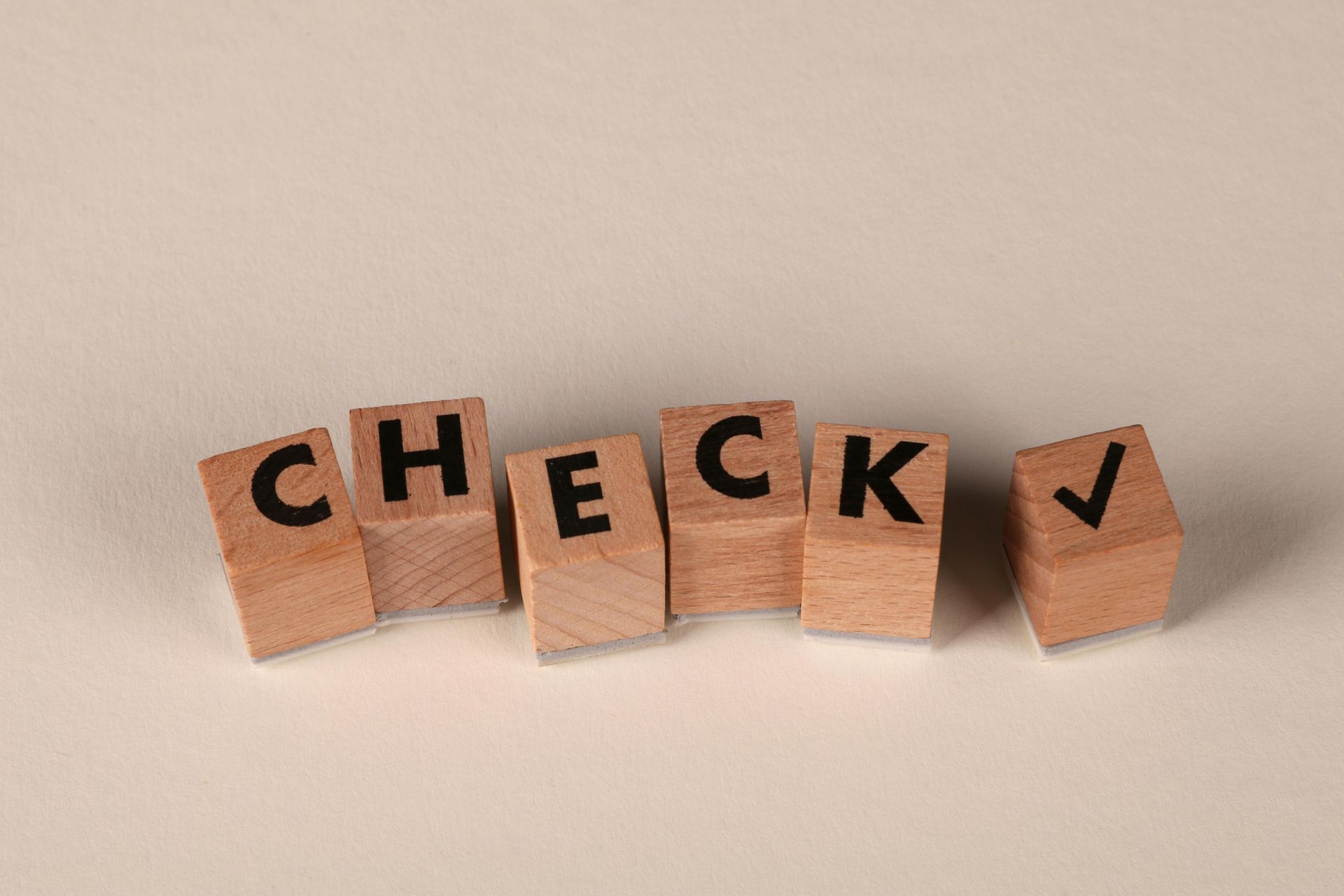Likelihood of Confusion of Trademarks
Imagine running a beloved local bakery, "Sweet Bliss," known for its signature blueberry muffins. Over the years, you've built a loyal customer base that swears by the unique taste of your muffins. One day, another bakery opens nearby called "Sweet Blissful Bites" and starts selling similar-looking blueberry muffins. Soon, customers who thought they were buying your famous muffins from the new bakery realize they're not quite the same. Word starts spreading about the change in quality, and your loyal patrons begin to doubt whether your standards have dropped. Not only do you find yourself losing sales to the newcomer due to the confusion, but your once-stellar reputation starts to wane. What was once a clear and distinct identity for your bakery now becomes muddled in the public's mind, making it hard for you to stand out and maintain the trust you've built over the years
How Trademark Confusion Hurts Your Business
When you open a store you want a unique name and logo that people recognize as yours. This name and logo are like a stamp that shows it's genuinely from your store. That's what a trademark is – a special sign (like a name, logo, or even a sound) that identifies products or services as coming from a particular source. You don't want customers walking into another store thinking it's your store. Or buying products from that store, believing they're buying your quality products. If people can easily mix up the two stores because of the name or logo, there's a "likelihood of confusion." In simple words, a trademark is like your business's identity. If someone copies it, customers can get mixed up, which can lead to lost sales, a damaged reputation, and extra costs for your business:
- Lost Sales: If customers go to the other store thinking it's yours, you lose out on those sales.
- Harms Reputation: If the other store sells low-quality stuff, but customers think it's from your store because of the similar name/logo, it can hurt your reputation. They might blame you for the bad product.
- Increased Costs: You might need to spend money on advertising to clarify that you're the "original" store or "product", or even on legal fees to try to stop the other store from using a similar name/logo.
- Confuses Advertising: If you pay for ads but customers end up at the other store because of the name/logo confusion, you've wasted your money.
- Loss of Customer Trust: Customers feel betrayed when they think they're buying from a trusted source but end up with something different. They might not come back even once they realize the mix-up.
The DuPont Factors and The Likelihood of Confusion
The DuPont factors represent a structured framework used to evaluate the potential for confusion between trademarks. These factors encompass a range of considerations that collectively gauge the likelihood of consumers misinterpreting the origin of goods or services associated with different trademarks. These assessments are pivotal in both trademark infringement cases and the process of trademark registration. Simply, the DuPont factors refer to a set of criteria used by courts and the United States Patent and Trademark Office (USPTO) to determine the likelihood of confusion between two trademarks. These factors are used to evaluate whether the use of a mark in commerce is likely to confuse consumers as to the source of the goods or services. The DuPont factors originate from the case "In re E. I. du Pont de Nemours & Co.", 476 F.2d 1357, 177 USPQ 563 (C.C.P.A. 1973). The case was heard by the Court of Customs and Patent Appeals (C.C.P.A.), which is a predecessor of the United States Court of Appeals for the Federal Circuit.
Remedies for Likelihood of Trademark Confusion
Continuing with our scenario above, when "Sweet Bliss" and "Sweet Blissful Bites," find themselves at odds due to the striking similarity of their names the Court can and often will act. It can be proven that customers often mistake one bakery for the other, leading to lost sales and diluted brand identities. To address this, the court steps in to help untangle the confusion. Recognizing the importance of distinct brand identities for businesses to thrive, the court might order "Sweet Blissful Bites" to change its name or logo, especially if "Sweet Bliss" had established its name first. In addition to this, the court may require "Sweet Blissful Bites" to pay damages for any proven financial losses "Sweet Bliss" suffered due to the confusion. The court's intervention ensures that each bakery can operate distinctly, preventing future mix-ups and protecting the integrity of each brand in the eyes of consumers.
U.S. Trademark Infringement Litigation Lawyers
Protect Your Brand, Preserve Your Legacy. At Wilson Whitaker Rynell Intellectual Property Law Firm, we understand that your brand is more than just a name—it's the heart of your business and a testament to your reputation. Facing trademark confusion? Don't let imitation tarnish your legacy. Our seasoned trademark litigation team is here to help businesses like yours navigate the intricacies of trademark disputes, ensuring that your brand remains distinct and your market presence unshaken. When your trademark's clarity is at stake, trust Wilson Whitaker Resell to protect your brand's future in state and federal litigation.


Have an idea for a blog? Click and request a blog and we will let you know when we post it!











